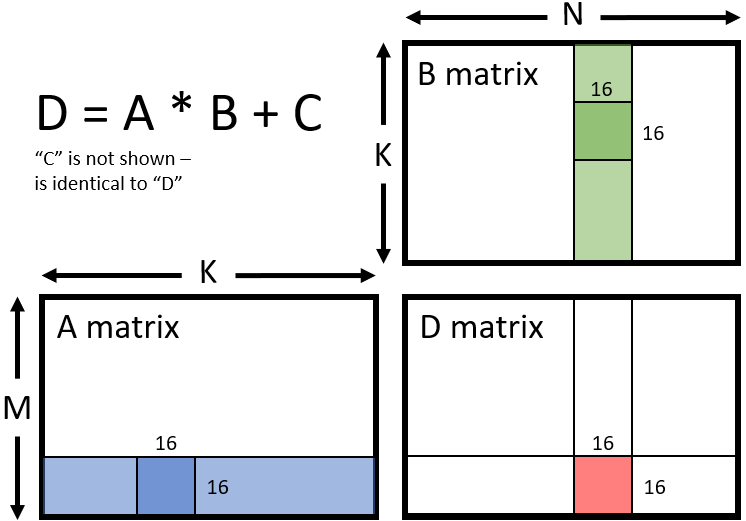Originally posted by Panix
View Post
we had this in the past that you claimed well a 7800 is to slow so then a 8800 is to slow to
but the card they do as 8800 is more like the 7900GRE means faster as the 7900GRE
and its easy to tell why a RDNA4 8800 will be better than a 3090 nvidia card... there will be a 32GB vram modell of the RDNA4 8800.-..
it is more or less a 7900GRE but they do the same as they did with the AMD PRO w7900 means they double the vram.
result is a 32GB vram RDNA4 8800 for like 800€
so from this perspective you will give yourself pain if you buy a 24GB vram 3090 instead.








Comment